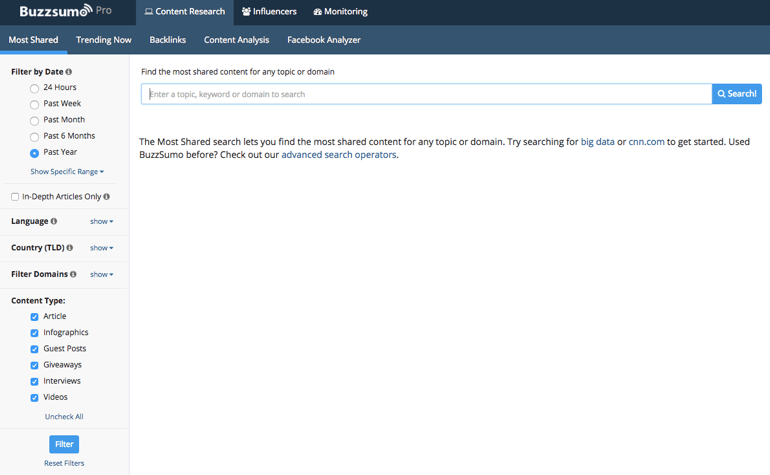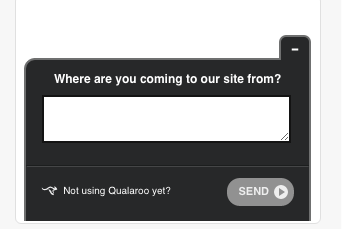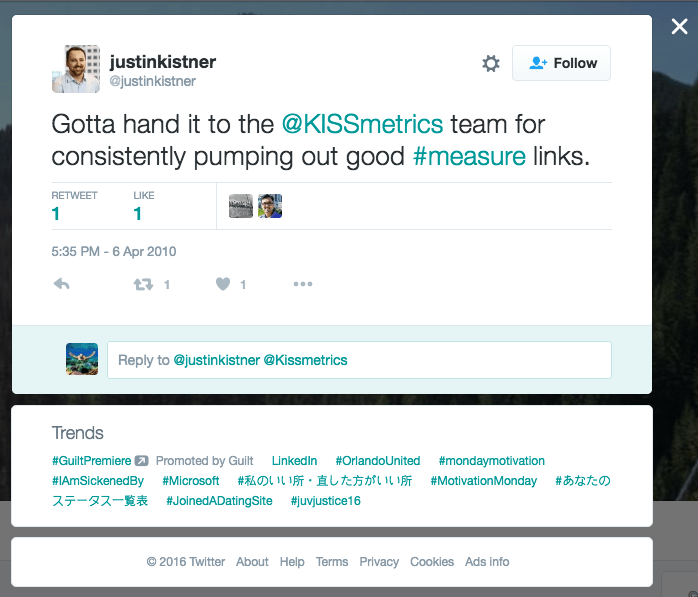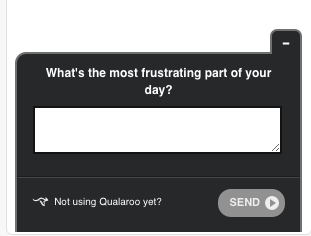This article comes from Hiten Shah, who recently released a new ebook: Content Marketing Playbook from 83,232,461 Website Visits. Download a free copy now.
Over the past 10 years, Hiten has built and grown 8 different web-products, including Crazy Egg, Kissmetrics, and now Quick Sprout. Each of these companies used content marketing coupled with customer feedback to drive the lion’s share of growth.
Sign up for Hiten’s SaaS Weekly newsletter to get fresh business insights delivered straight to your inbox each Monday morning.
Good content delivers value to your customers before they even try your product, and keeps them coming back to you for more. While paid acquisition on Google Adwords or Facebook can draw customers to your website, it’s your content that keeps them coming back and differentiates your brand.
With so much content out there, people often have a hard time figuring out where to start. They try to push their content onto community sites like Hacker News or Inbound, chasing after short-term wins. They put out a lot of content before they figure out what good content looks like.
You wouldn’t develop products without talking to your customers first—otherwise you might waste time and money making something they don’t need. Apply this same focus on the customer to your content strategy to produce content that resonates.
Before you even write your first blog post, you need to answer these three questions:
- Who are your customers?
- Where do they hang out?
- How should you engage them?
By taking the time upfront to answer these questions, you figure out what quality content looks like for your customers. And quality is what separates the signal from the noise—if you produce content your customers don’t care about, that’s what they’ll expect from you in the future.
In over 10 years of building web products, I’ve found that content is the single best channel for customer acquisition—but only if you have focus and a plan.
The only way to do that is to actually talk to your people.
1. Who are your customers?
You know what value your product provides, and have a solid idea of the market it can serve best. But you need to get to know who those customers are first.
You can use an analytics service like BuzzSumo to look at traffic and shares for content in your product area. Look for patterns in the most influential pieces, what they’re about, and who’s writing them. That’ll give you an idea of who your audience is.

If you were putting together a content strategy for Qualaroo, start by picking a relevant term like “conversion rate optimization.” Take the top 10 results, and identify similarities between them.
You might find that 40% of the content is for and by SaaS marketers, 30% is for customer success managers in e-commerce, and 30% for product managers. Those percentages would tell you the rough composition of your audience, and how much of your content should be devoted to each segment.
One simple way to find out who your customers are is to look into how your existing customers got to you. It can be difficult to track this in Google Analytics, but there’s a much easier way to get the information you need.

Ask your customers. Set up a Qualaroo real-time survey on the landing page of your site that asks one simple question: “Where are you coming from?”
2. Where do they hang out?

Next, you need to figure out where those customers hang out. For a business today it might mean a LinkedIn group, a community Slack channel, or a forum like Growth Hackers. Learn how your customers talk to each other and see firsthand what problems they’re trying to solve.
For Kissmetrics, an analytics product, this meant Twitter. Back in 2009, the marketing crowd from the Omniture and Google Analytic ecosystems hung out on Twitter under #measure. They had real problems that needed solving, and Twitter is where they looked for the answers.
We started posting quality content under #measure. We didn’t have a blog yet, and weren’t even writing blog posts ourselves. But by linking to quality content, we were helping our customers and spreading awareness of our brand. With minimal effort and money we were able to build an organic Twitter following of over 200,000. And by the time we actually started our blog, we already had an audience and knew what they liked.
3. How should you engage them?

This last question is what guides you when you narrow down to what specific topics you’ll address with your content.
Too many companies think that when it comes to content, all they need to do is post a ton of stuff vaguely related to their topic and watch the traffic roll in. But here’s the thing: People aren’t reading your content just to brush up on the industry, or even to learn about new products like yours. They’re doing it because they have specific problems they need help solving.
You need to figure out what those problems are, and the best way to do it is through direct customer feedback.
Use Qualaroo to set up a simple, two-step survey on your site. The first question will ask users what kind of company they work at and in what role. That way, you’ll be able to segment the responses.
Next, you need to ask the big money question: “What’s the most frustrating part of your day?” It’s a simple question, but the most popular answers are exactly what you’re going to write about. By going directly to your customers, you can learn about their need-to-solve issues, and craft content that will deliver them real value.
Content is a Product
Just like with a product, you can’t just build your content strategy alone in a dark room and expect it to be successful. You need to learn what your customer’s want, gain a deep understanding of the problems they’re trying to solve, and work backwards from that.
The only way to do that is to go right to the source. You need to talk directly to your customers to learn what quality content means to them. Not just at the outset of your content strategy, but on an ongoing basis. Stay on top of the issues your customers need help addressing to ensure that your content consistently helps them be more successful.
FREE. All Features. FOREVER!
Try our Forever FREE account with all premium features!

 We'd love your feedback!
We'd love your feedback! Thanks for your feedback!
Thanks for your feedback!






